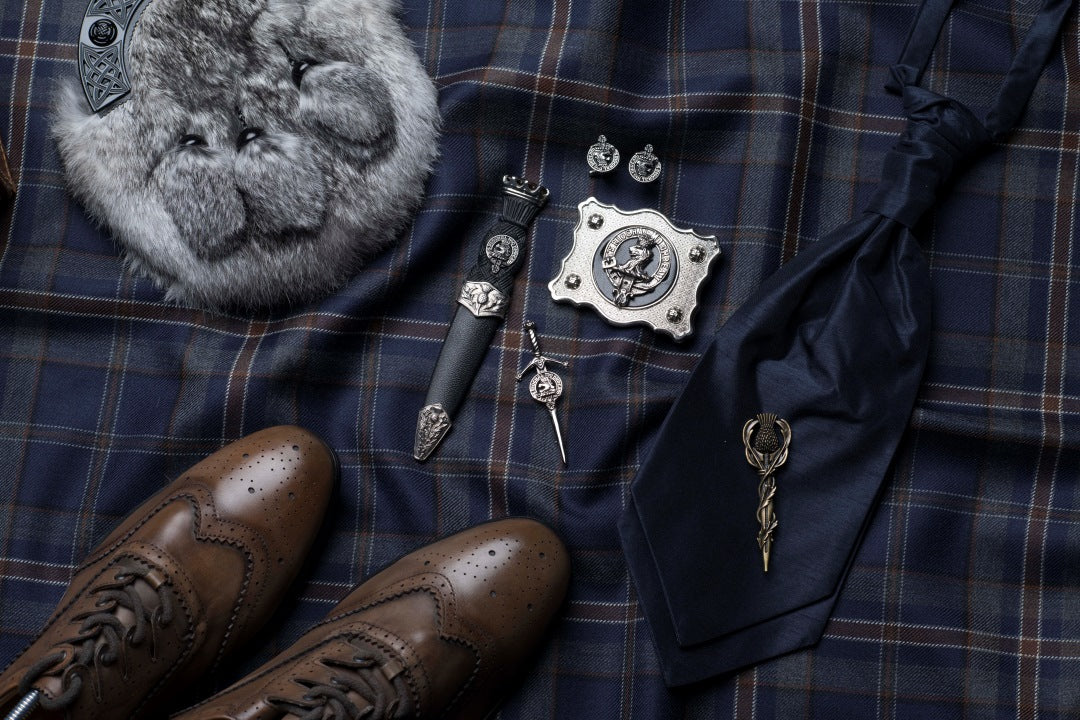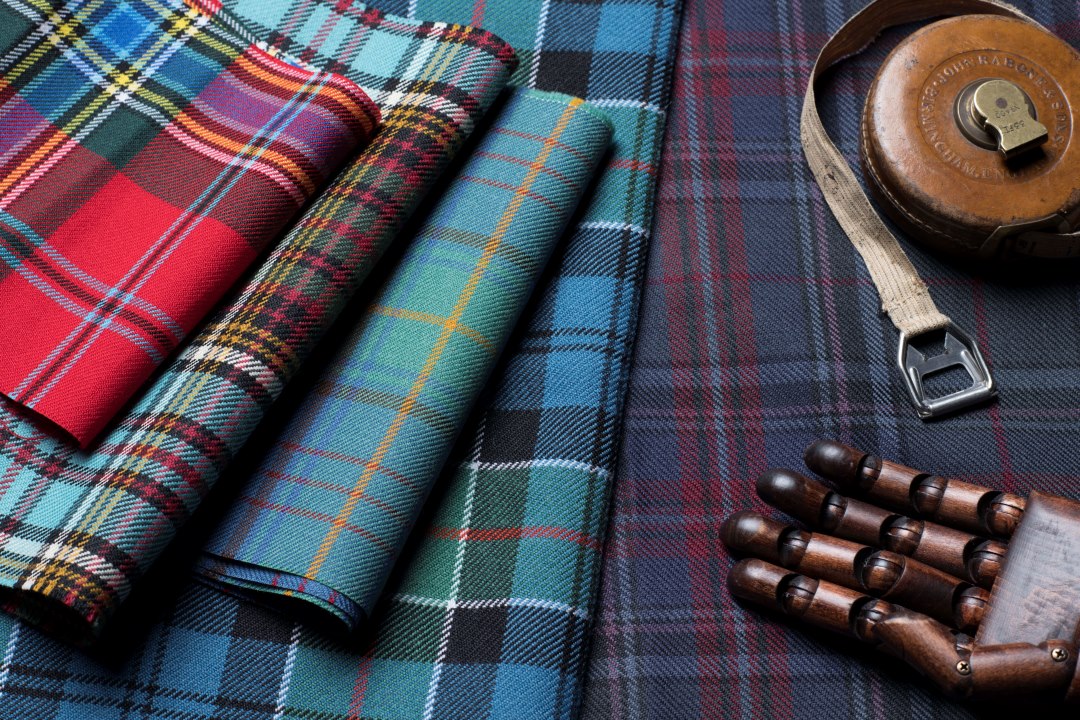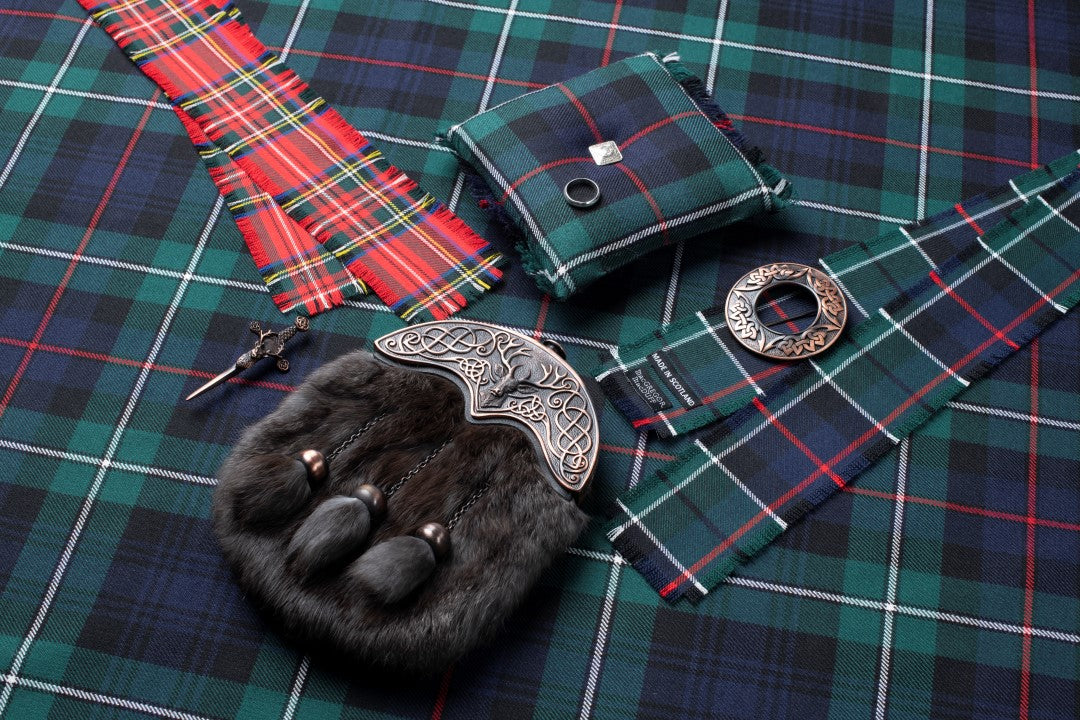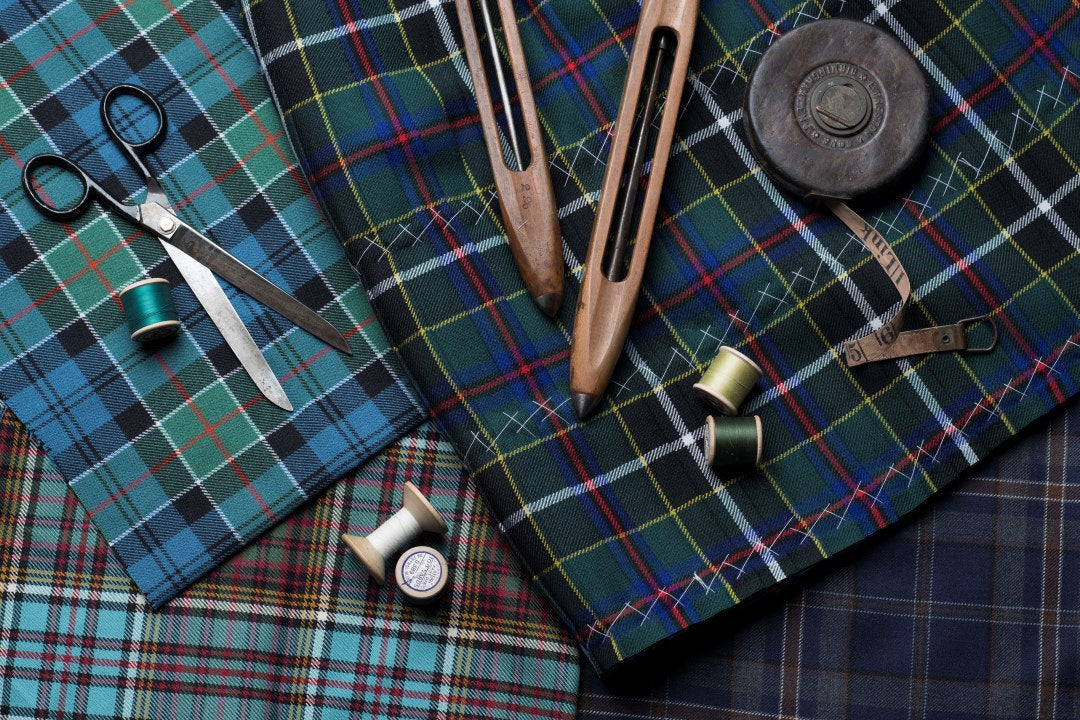In 2009, a Scottish Government paper estimated that the global Scottish diaspora numbered between 28 and 40 million people. This is significant, especially considering Scotland's population in 2023 is just under 5.5 million. The United States has the highest number of people with Scottish ancestry, with an estimated 5.2 million Scottish Americans. You'll find Gaelic speakers in Canada and Highland games in Malaysia, highlighting the global influence of the Scottish diaspora and giving the kilt worldwide recognition.
One of the best ways to celebrate your Scottish heritage is by wearing a kilt. But how do you find your family tartan? Exploring your genealogy, consulting tartan registries, and visiting specialty kiltmakers can help you identify the tartan associated with your clan. Whether for formal events or cultural celebrations, wearing your family tartan is a meaningful way to connect with your Scottish roots.

What was Scottish the Clan System?
To understand tartan, you first need to grasp the basics of Scottish clan history. Clans were groups of people who aligned themselves with a chieftain or clan leader, connected through family ties or perceived kinship. The chieftain acted as king, judge, and protector over his clan members. Clans expanded their numbers and territory, either peacefully or by force, with new members swearing allegiance and often adopting the clan name.
As clans grew larger and more powerful, subdivisions known as septs emerged. Septs were part of the wider clan but often had different names. Smaller clans sometimes became septs of larger clans for protection or through marriage alliances. Clans were the main political system in Scotland until 1746, when the Jacobites lost the Battle of Culloden. After this defeat, King George II reasserted control over Scotland, outlawing clan culture, Highland dress, and tartan. This marked the decline of the Highland way of life and clan culture.
Understanding this history is essential for appreciating the significance of tartan, which remains a powerful symbol of Scottish heritage and identity.

Why does each Clan have a tartan?
Traditionally, wool for tartan was dyed using natural materials that were easily accessible. Plants, berries, and insects all provided strong dyes capable of staining the fabric. This use of locally available materials resulted in different colored tartans for clans in various regions. Over time, these differences became symbolic of clan individuality, cementing the patterns into each clan's identity.
Each clan typically has at least one tartan, but many have more. Today, clan tartans come in several variations:
- Ancient tartans feature lighter colors to symbolize the natural dyes traditionally used.
- Modern tartans are brighter and more vivid.
- Hunting tartans use earthy tones for camouflage.
- Dress tartans are considered the most formal variation.
Some clan septs have their own tartans, while others share the tartan of their parent clan. For example, the MacWilliams were a sept of Clan Gunn and shared their tartan. Understanding these variations helps in appreciating the rich heritage and identity associated with Scottish tartans.

Can you wear any tartan?
Today tartan is a national symbol of Scotland and while a lot of tartans have clan affiliation, there are no rules or restrictions when it comes to wearing them. There are only a handful of restricted tartans that only a few people can wear. One example of this is the Balmoral tartan. This tartan is reserved for the head of the Monarchy and only they have the authority to wear it or give permission for others to wear it. Other than Clan tartans, there are a large number of Universal tartans available that have no affiliation with Scottish Clans. These tartans are modern and vibrant, making them an excellent choice for people who don’t want to wear a traditional tartan.

How to find your family tartan
Are you looking to celebrate your Scottish ancestry by buying yourself a kilt, but struggling to find your family tartan? The first thing you should do is use our Tartan Finder and search for your surname. If nothing is coming up, you then need to do a little research into your lineage and find a relative in your family that has the closest connection to Scotland. Often, people who know they have Scottish ancestry but can’t find their tartan will usually discover that their Scottish lineage comes from their mother's side. Another possibility for not finding a tartan linked to your family name is because it was historically a sept of another Clan. As mentioned previously, there were many septs in Scotland that didn’t have their own tartan but instead, shared one with another clan. This is usually an easy and interesting thing to research. If you still can’t find a tartan connected to your name, simply choose a Universal tartan. At MacGregor and MacDuff we have created our own range of Mist tartans that are all inspired by the beauty of Scotland, all of which would be an excellent choice for a kilt, trews, or tartan accessory. You can even design your own tartan with our Tartan Design Service. This service lets you create a new tartan that is bespoke and significant to you.

If you are looking to buy yourself a highlandwear outfit or looking for something special to celebrate your heritage, book a Virtual Appointment with one of our stylists and get the kilt shop experience from anywhere in the world. Appointments are conducted over video call and our stylists will be able to walk you through every step of the process and help with any questions you might have along the way.

